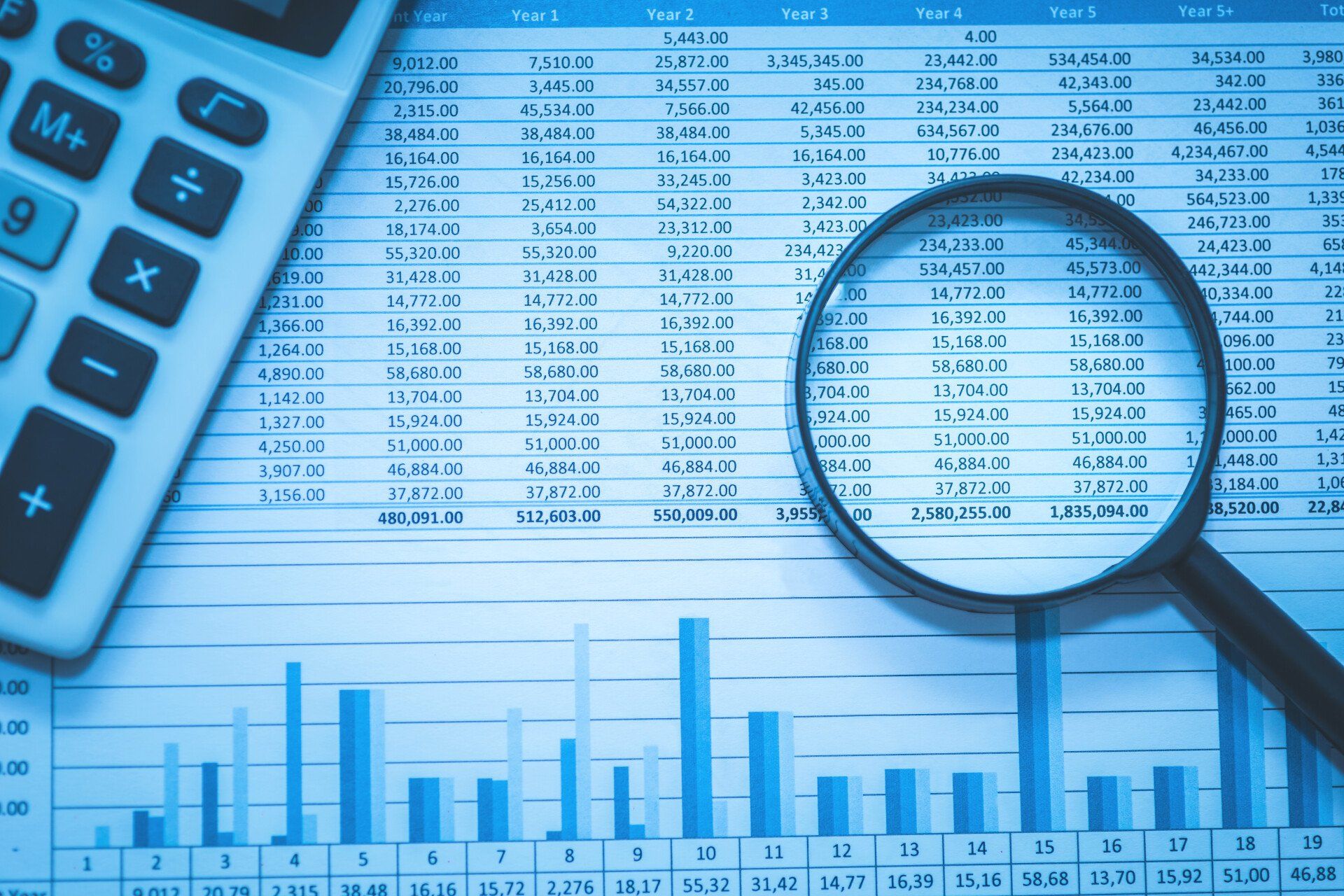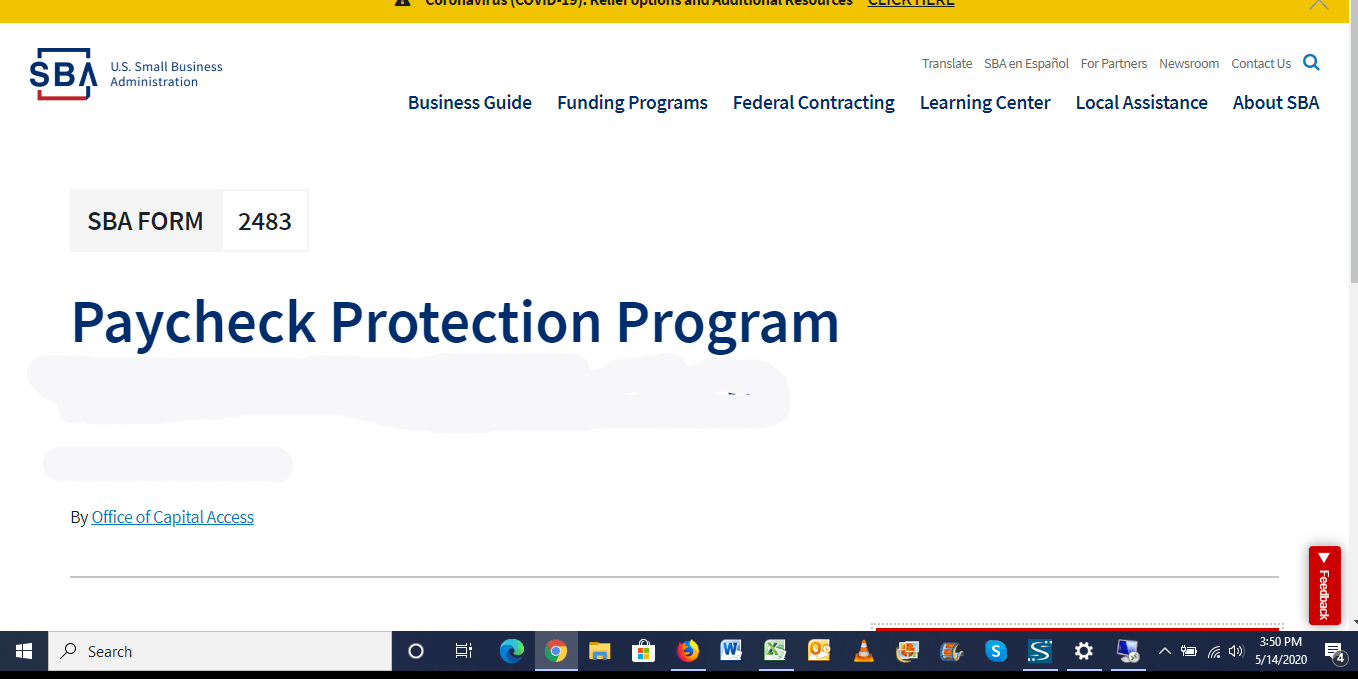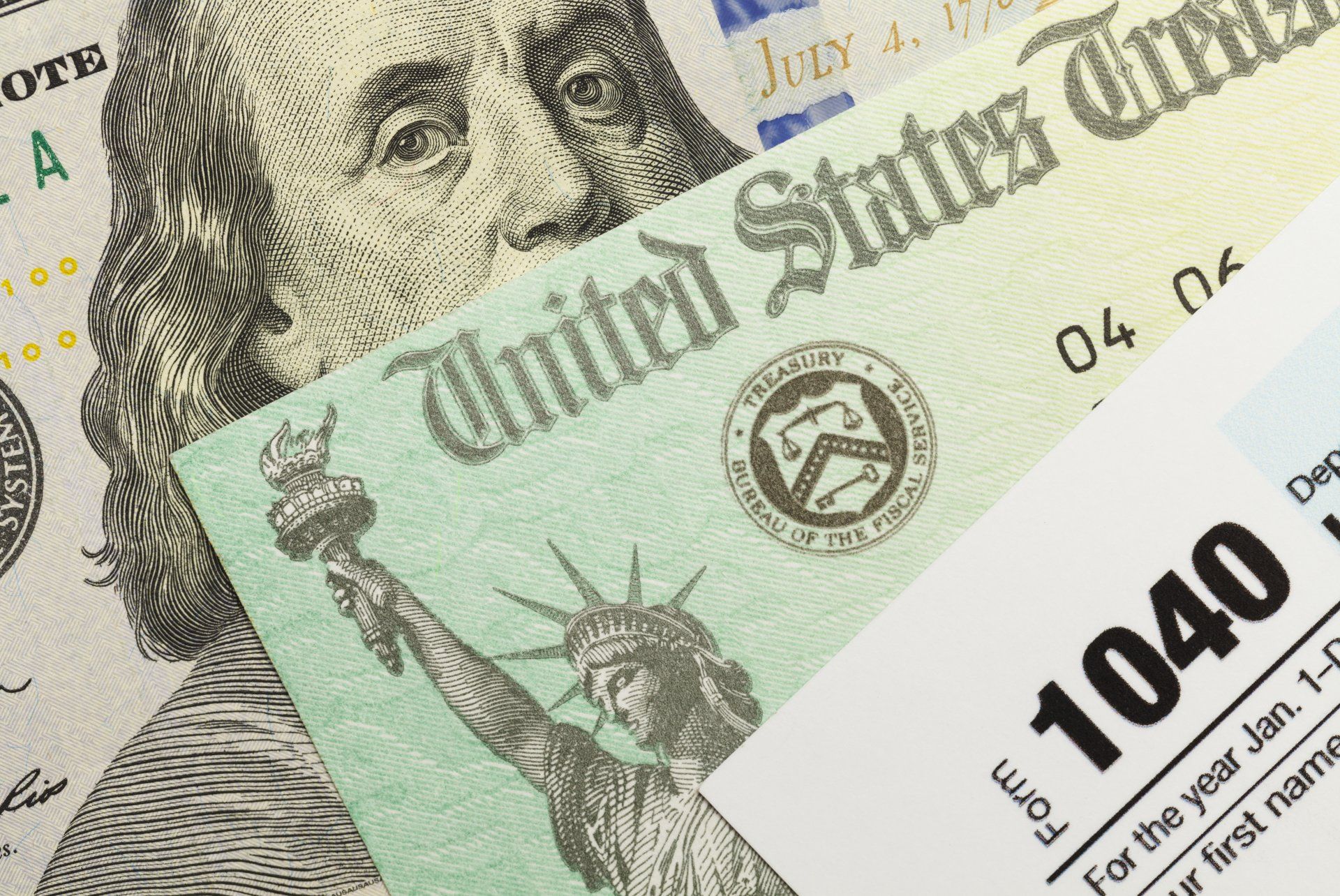Consulting
Consulting
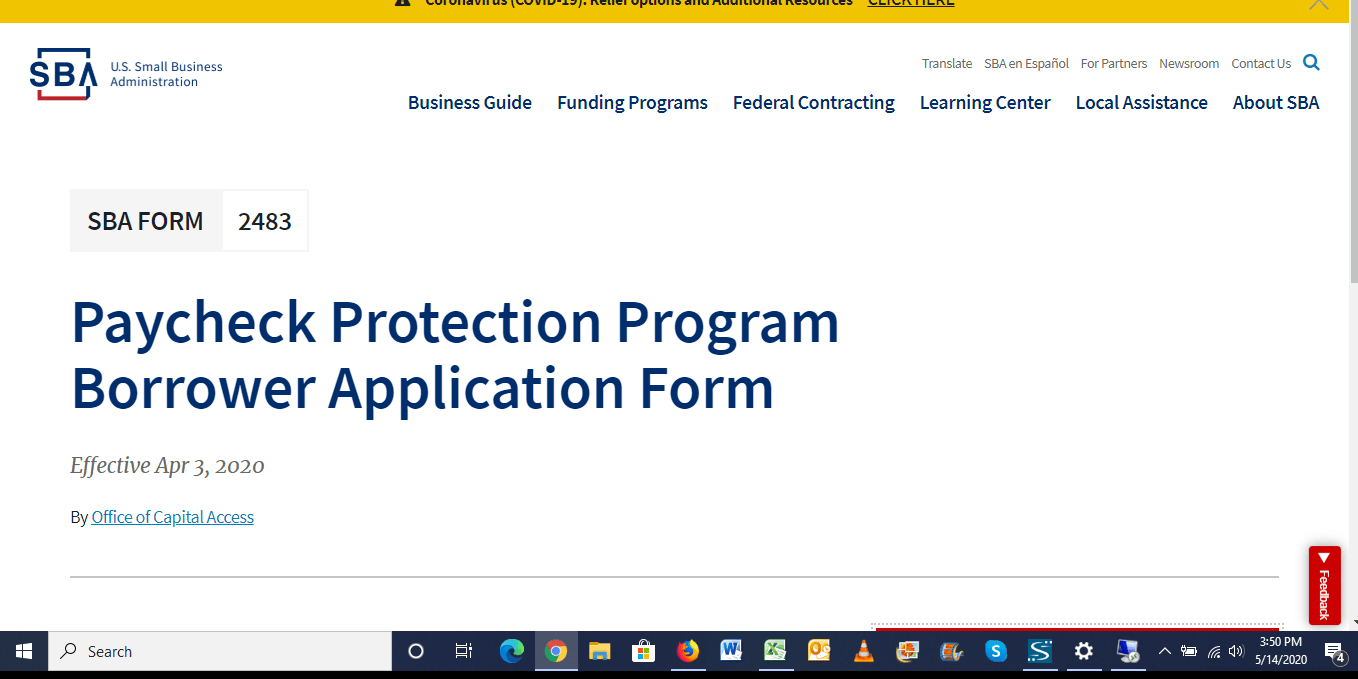
By Gregory S. Dowell
•
29 Oct, 2020
October 8, 2020 by Gregory S. Dowell The SBA and the US Treasury announced today that they were releasing a simplified loan forgiveness application for the Paycheck Protection Program Loans of $50,000 or less. The intent is to minimize the burden on small businesses that the Program puts on the smallest of businesses. From the Secretary of the US Treasury, Steven T. Mnuchin: “The PPP has provided 5.2 million loans worth $525 billion to American small businesses, providing critical economic relief and supporting more than 51 million jobs. Today’s action streamlines the forgiveness process for PPP borrowers with loans of $50,000 or less and thousands of PPP lenders who worked around the clock to process loans quickly, We are committed to making the PPP forgiveness process as simple as possible while also protecting against fraud and misuse of funds. We continue to favor additional legislation to further simplify the forgiveness process." The forgiveness application for loans of $50,000 or less is made on form 3508S. The form is one page and requires a small amount of data, with an additional optional page that transmits demographic information. Three pages of instructions are provided separately. While there is a small amount of data to input and no documentation to attach and submit, the SBA also states that they reserve the right to inspect documentation, if necessary. This effort by the SBA and Treasury follows months of complaints and concerns that the SBA/Treasury was not doing enough to alleviate the burdens of the smallest of businesses that benefited from the PPPL. Many tax professionals continue to anticipate that this is not the last word on the matter, and that the forgiveness process may be further simplified in the weeks ahead. Given that possibility, it may be worthwhile to hold off on making any such application for the immediate few weeks.

31 Mar, 2020
by Gregory S. Dowell March 31, 2020 Important Information for Business Owners and Nonprofits The Coronavirus Aid, Relief, and Economic Security Act (CARES) that was passed into law over the past weekend contains provisions that affect income taxes for individuals and businesses, as well as paid leave and unemployment benefits. CARES also included $350 billion to help small businesses (including self-employed persons and nonprofits) maintain their payrolls. Known as the Paycheck Protection Program , these loans are backed by the Federal government and may be forgiven if the borrowers maintain their payrolls and meet other criteria. This update is going to address only the loan provision under the Paycheck Protection Program. Key attributes of the Paycheck Protection Program are: Small business or nonprofit (501 (c)(3)) with fewer than 500 employees (500 employees includes full-time and part-time); includes all affiliates, subsidiaries, and businesses under common control; exceptions apply for businesses in the food service sector, franchises, and SBIC-financed businesses Self-employed individual carrying on a trade or business These loans go up to 10 years, with up to 6 to 12 months of forbearance at the outset Maximum loan amounts are the lesser of $10 million or 2.5 times the average monthly payroll for the 12 months preceding the loan funding Payroll compensation includes tips, medical insurance costs, paid leave, severance, retirement plan contributions, and state and local employment taxes Payroll calculations can include leased employees Individual employee compensation is limited to $100,000 per year All payment obligations must have been in existence prior to 2-15-20 No personal guarantees required for these loans Loan forgiveness is also included: Amounts eligible to be forgiven are amounts spent on payroll, mortgage interest, rent, utilities, and interest on other debt obligations. Loan will be fully forgiven to the extent it is expended during the first 8 weeks following funding (but cannot go beyond 6-30-20), if average number of employees is not changed from the average number of employees from 2-15-19 to 6-30-19 or from 1-1-20 to 2-29-20. No employee may have their compensation reduced during the period by more than 25% Violations of either of the above will result in a proportionate amount of the loan remaining outstanding and the remainder being forgiven. If employees separated between 2-15-20 and 4-27-20 but are rehired by 6-30-20, they will be treated as having been employed throughout the period. Forgiven loan is not taxable for Federal income tax purposes. If any part of the loan is forgiven, employer is not eligible for 2-year deferral of employer’s share of Social Security taxes. The portion not forgiven will be repayable over a maximum of 10 years, with interest capped at 4%. Paycheck Protection loans are administered by the Small Business Administration (SBA). The applications for these loans have not been finalized; the expected date of the application’s availability is April 10th or slightly sooner. The loans may be applied for directly through a bank qualified as an SBA lender or through the SBA. We have been advised that, due to the expected volume of applications, banks may likely only process loans of existing customers at first. We further hear that banks may limit the initial loan to just the forgivable amounts for each borrower, and presumably will circle back around to address other borrowing needs as soon thereafter as possible. While the applications are not available yet, we advise businesses and nonprofits to begin compiling all of the necessary documents that the SBA will require as soon as possible, which would include documents to verify: Number of employees as of 2/15/2020. Payroll information from 2019 and projected May 2020 and June 2020 (more guidance to come on acceptable formats) Documentation on leases, mortgages, and utilities: Copies of lease agreements Copies of mortgages Evidence of payment amounts and balances due on mortgages and leases Utility bills for 2019 to present (electric, gas, water, transportation, telephone, internet) Certification from a representative of the business or organization who is authorized to certify that the document provided is true and correct and that the amount being forgiven was used in accordance with the program’s guidelines for use. Current 2020 financial statements 2019 financial statements 2019 (if filed), 2018, 2017, and 2016 tax returns Proof of liability insurance Copies of organizational documents, including: Bylaws (for a Corporation); Operating Agreement (for an LLC) Articles of Incorporation (for a Corporation); Articles of Organization (for an LLC) The situation is fluid and it is important to act quickly. The best thing that can be done at this time is to gather documents.
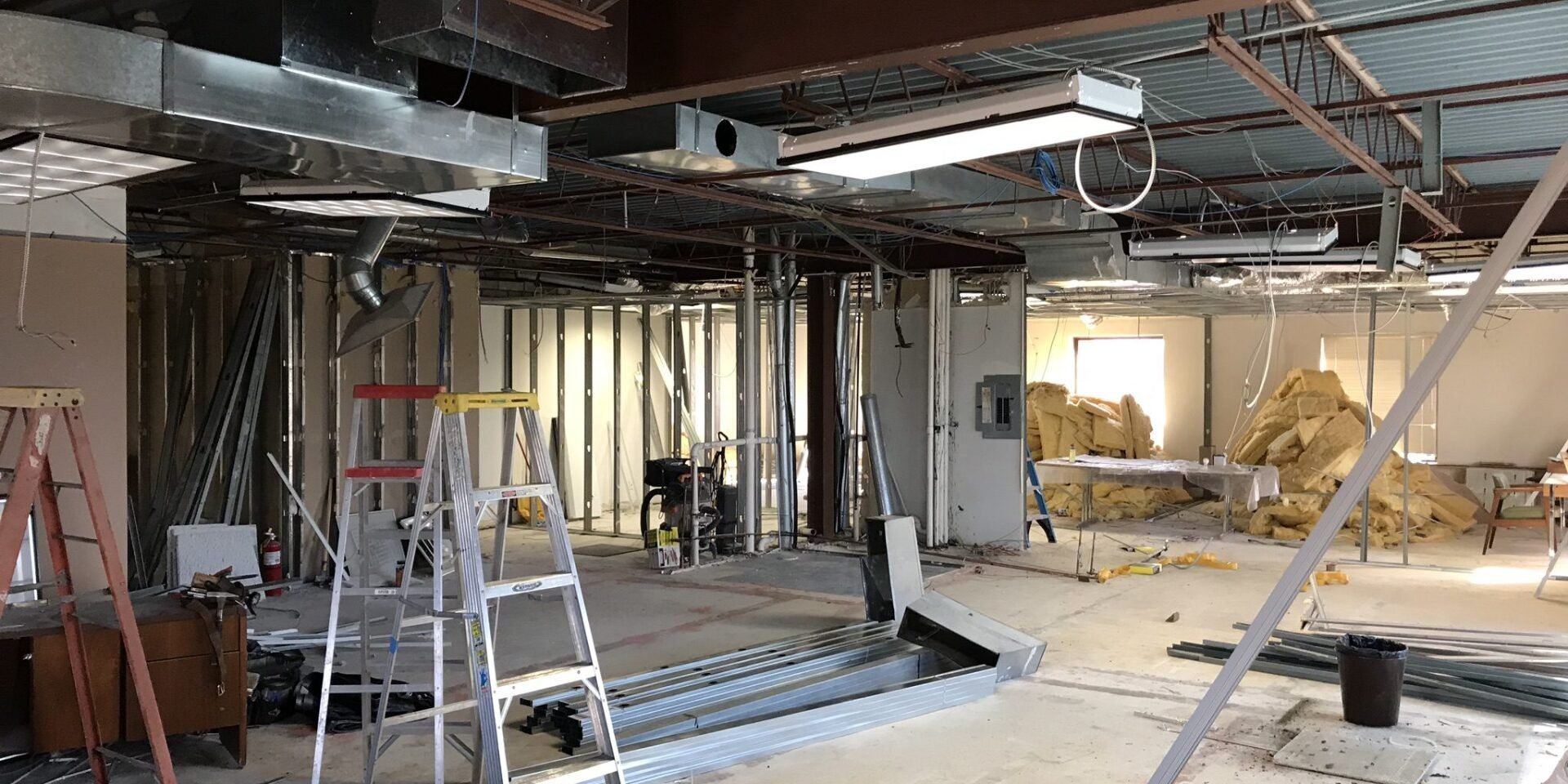
23 Mar, 2020
by Gregory S. Dowell March 23, 2020 Small businesses that have suffered substantial economic injury due to COVID-19 may apply for Federal disaster relief loans from the Small Business Administration (SBA). Loans will be available to small businesses and nonprofits to help alleviate the economic impact of COVID-19. A few important notes about these loans: Small business owners and nonprofits in all US states and territories are eligible for these loans. These loans can be made for up to $2 million. The loans can be used to pay for fixed debts, payroll, accounts payable, and other bills that businesses and nonprofits can not pay, due to the impact of the virus. The loans cannot be used to cover lost profits. The interest rates on these loans is 3.75% for small business and 2.75% for nonprofits. Loans can go up to a maximum of 30 years, with terms of the loans determined on a case-by-case basis, considering each borrower’s ability to pay. Available to employers with 500 or fewer employees. While the loans offer a one-year deferral of payment, the interest begins accruing on the loans immediately. Applications for these loans is made online at disasterloan.sba.gov/ela. Due to virus exposure concerns, the SBA is moving all assistance online, where webinars and training videos may be accessed as well.
Ready to become a client?
Leave us your info and we’ll get right back to you.
Sign up to our newsletter
Thank you for contacting us.
We will get back to you as soon as possible
We will get back to you as soon as possible
Oops, there was an error sending your message.
Please try again later
Please try again later
Contact Us Today
Dowell Group, LLP | All Rights Reserved |
Created by Olive + Ash.
Managed by Olive Street Design.




